
Background information
40 years of Super Mario Bros.: reminiscing about our first time with the iconic plumber
by Rainer Etzweiler

3D platformers used to be the flagship title of every console. Today, this privilege only belongs to Super Mario. Why is that?
No matter what you were playing, the 90s were dominated by 3D platformers and their cute or super cheeky characters. But Jump’n’run games in three-dimensional worlds have long been forgotten. The former figureheads of gaming and their mascots no longer stand a chance against today’s AAA top dogs. You’ll still find what you’re looking for in the indie sector and remasters. However, new, big-budget titles have become a rarity.
To understand the reasons behind this, we need to go back in time.
It’s 1990, when the first 3D platformer awakes from its polygon slumber. Alpha Waves looks basic compared to later genre offshoots. Nevertheless, you carry out the typical activities of the genre. As a three-dimensional character, you jump around on platforms in an equally three-dimensional environment until you reach the end of a level. That pretty much sums up the genre too.
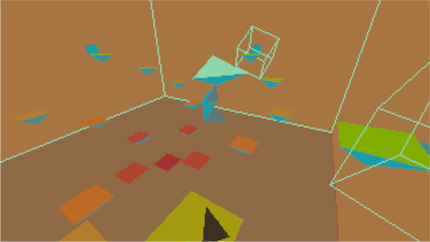
Alpha Waves doesn’t do everything perfectly yet. The levels are very simple and visually not particularly appealing. The controls are also clumsy. Your character can only jump up and down and move around using tank controls. So it definitely needs more development to reach the current standard. Where else should this progress come from if not innovation genius Nintendo? Super Mario 64 is released six years after the first 3D platformer and lays the foundations for the genre as you know it today.
In Super Mario 64, I start in Princess Peach’s castle courtyard. She once again has to be rescued. From there, I can enter the castle. A hub world opens up to me that’s just as inviting to explore as the levels inside. The world is both visually impressive for the standards of that time and captivating because there’s something to discover at every turn. Be it a power star as the main item to collect, coins that also bring stars or secrets such as an invisible teleport field. Super Mario 64 is a playground bursting at the seams, and that’s not all.
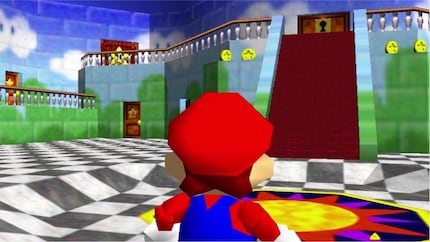
Nintendo gives Mario a new arsenal of moves. They’re so accurate and feel great. As in the 2D representatives of the genre, you jump around a lot, but now the jumps vary with the triple, backwards and sideways jump. A stomp attack and three power-ups, which you can unlock during the course of the game, complete the plumber’s repertoire.
Just the camera isn’t the best. You can move it using the C buttons on the Nintendo 64 controller, but it’s not precise or satisfying. A problem that will also plague later games.
It’s impressive what Super Mario 64 did for an entire genre and how it was ahead of its time. Even 30 years later, the game welcomes an active community, be it in the form of speedruns or the modding scene. Other 3D platformers need a moment before they catch up with the genre leader. But soon they’ll also adopt Mario’s control system and incorporate hub worlds into their games.
Back to the 90s and PlayStation joins in with its own mascots. Crash Bandicoot is released shortly after Super Mario 64. Bandicoot is particularly impressive with its crisp level of difficulty. Croc: Legend of the Gobbos is released one year after Super Mario 64, but the controls are less intuitive. Not least because you have to turn the cute crocodile back and forth with tank controls. 1998 sees the release of Spyro the Dragon, another successful title for the PlayStation. Unlike the other mascots, the little dragon can glide. This brings additional challenges to level design. However, the development team masters this with flying colours.
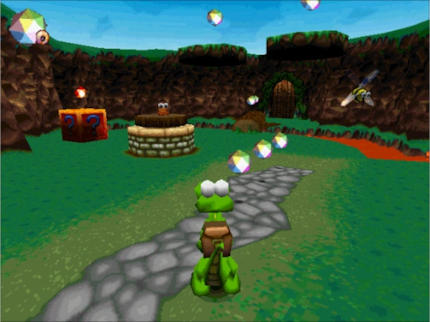
When I think of 3D platformers for the first PlayStation, it strikes me how the camera controls of many representatives lag behind Super Mario 64. Although the Nintendo game isn’t a prime example of intuitive camera control either. In various 3D platformers, I have to laboriously turn the camera using the L and R buttons on the controller. In other games it follows me automatically. This is pleasant until a jerky turn causes me to lose control and jump into the void.
While Sony is trying to make up for lost ground after Super Mario 64, Nintendo’s not resting on its laurels. In 1998, Banjo Kazooie, another 3D platformer, was released for the Nintendo 64. Like Super Mario 64, it features an ingenious hub world, clearly laid out levels filled to the brim and similar (but less) precise controls to the in-house game. It adds different moves for the protagonists Banjo and Kazooie to the familiar formula and goes one better in terms of collectibles. The game is developed by Rareware, later renamed Rare.
Despite commercial success, the company heralded the slow decline of the genre.
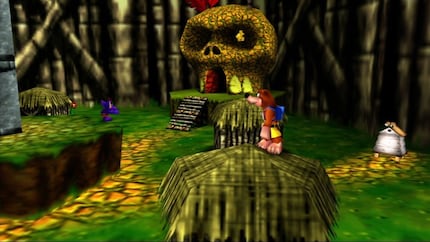
While Banjo Kazooie successfully continues the path of the plumber on Nintendo 64, the same can’t be said of its successor Banjo Tooie. The levels are massively larger, the movesets of the bear and bird grow repeatedly and more mini-games provide additional variety. Sounds really good, doesn’t it? I’m afraid not.
A problem begins that’ll also plague later open-world games – large, empty worlds. Too much collecting stuff also makes playing the game feel like work. The compact magic of titles like Super Mario 64 and Banjo Kazooie is lost.
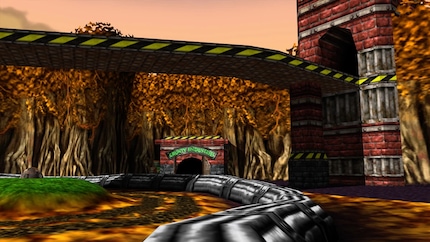
By the way, Banjo Kazooie isn’t the first game that Rareware developed for Nintendo. With Donkey Kong Country for the SNES, the British developer and studio proves that it also knows how to deal with existing Nintendo brands. Unfortunately, this doesn’t apply to the 3D version of the gorilla.
Rareware reaches a low point with Donkey Kong 64. Players are once again overwhelmed with gigantic levels and too much collecting. You can assemble a total of 3821 collectibles. To make this as tedious as possible, an actually cool function becomes a pain. The collectibles are divided into five characters that you have to switch back and forth between. Who came up with such nonsense?
At the same time, most fans are put off by the many cute protagonists with big googly eyes. The mascots were overused. Rareware is aware of this development and radically changes the development of the former Conker: Twelve Tales after the criticism.
Conker: Twelve Tales was originally supposed to be a 3D platformer like Banjo Kazooie – complete with collectibles and cute characters. The result is Conker’s Bad Fur Day. It not only changes the genre, but also makes fun of previous conventions. The characters are rude and oversexualized, while collecting is kept to a minimum.
Towards the end of the 1990s, the 3D platformer crisis begins. Empty game worlds aren’t the only reason for this. Super Mario and co. are so successful that others also want a slice of the cake. So a large number of boring games are created because they lack quality. Players are becoming increasingly weary of the genre. As a result, good 3D platformers are becoming even rarer.
Evil voices compare Donkey Kong 64 with E.T. for the Atari. It’s said to have single-handedly caused the decline of the entire video game industry. But as with E.T., things are more complicated with Donkey Kong 64. The two games were just the tipping point. The oversaturation of mediocre games was a fault of the entire industry.
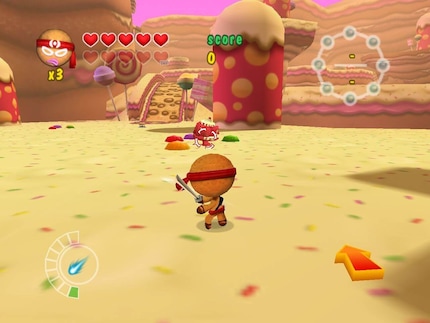
Despite Donkey Kong 64, the genre doesn’t die out overnight. With Sly Cooper, Jak and Daxter and Ratchet & Clank, three game series landed on the PlayStation 2 that became fan favourites and remained so 20 years later. In this console generation, however, the next problem of the genre becomes apparent – the technology.
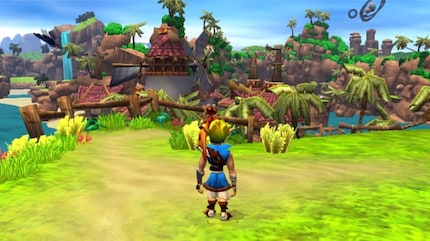
3D platformers aren’t only bundles of gaming fun, but also show what the consoles have to offer. The three-dimensional worlds that you can freely explore are among the most impressive on the PS2 and N64. However, the development of technology also enables more realistic-looking worlds such as those in GTA 3.
Video games make a huge technological leap in a short space of time. A large part of the public is turning its back on brightly coloured comic games such as Banjo Kazooie because the technology is now finding its way into adult games too. Gamers of the sixth console generation prefer to spend their money on other games than on 3D platformers. This means time-consuming and costly development is diverted to more lucrative projects.
This is followed by a period of drought that continues to this day. Hardly anything is happening in the AAA segment. Crash Bandicoot 4: It’s About Time is an exception, but still only sells slowly despite being good quality. In the first month after release, the game sold just 402,000 units. Ratchet & Clank: Rift Apart is a prime example of the PlayStation 5’s performance on release. Despite the small selection of exclusive games at the time, the game only managed to sell just under four million copies by the end of June 2023.
They’re more active elsewhere, namely in the indie sector. After a few flops like Yooka-Laylee from 2017, the success stories are piling up. The year 2023 offered several hits such as Cavern of Dreams and Corn Kidz 64, both based on highlights from the Banjo Kazooie era. If you’re impressed by really good controls, then you can have a go at Pseudoregalia. The Metroidvania gameplay is unnecessarily confusing in places, but the main character’s controls are almost perfect.
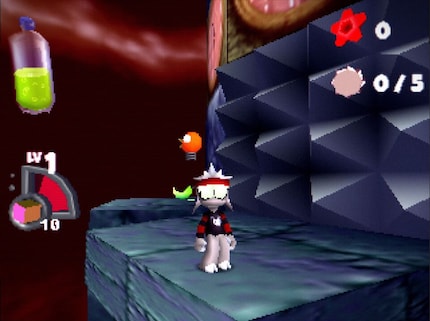
With the remakes of the first Crash and Spyro trilogies, even former top franchises are showing signs of life. Both Crash Bandicoot N. Sane Trilogy and Spyro Reignited Trilogy sold over ten million copies each. Even Banjo made an unexpected comeback – albeit only as part of the Nintendo 64 expansion pack for Switch Online.
Even if 3D platformers have become less common in the AAA sector, they’re not completely extinct. Fans who played the games as children have now grown up and can develop their own 3D platformers. Perhaps these creations will finally awaken the genre from its hibernation.
What’s your absolute favourite 3D platformer? Let us know in the comments. Mine is Bugs Bunny & Taz: In a race against time for PS1. It’s likely nobody knows it any more, but I still play it regularly today._
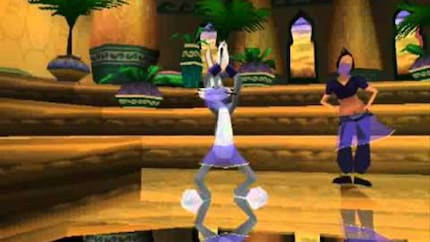
I wrote my first text about video games when I was eight years old. I haven't been able to stop since. The rest of my time is spent on my love for 2D husbandos, monsters, my cats and sport.
Interesting facts about products, behind-the-scenes looks at manufacturers and deep-dives on interesting people.
Show all
Background information
by Rainer Etzweiler
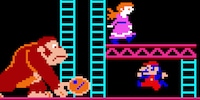
Background information
by Cassie Mammone

Background information
by Martin Jud